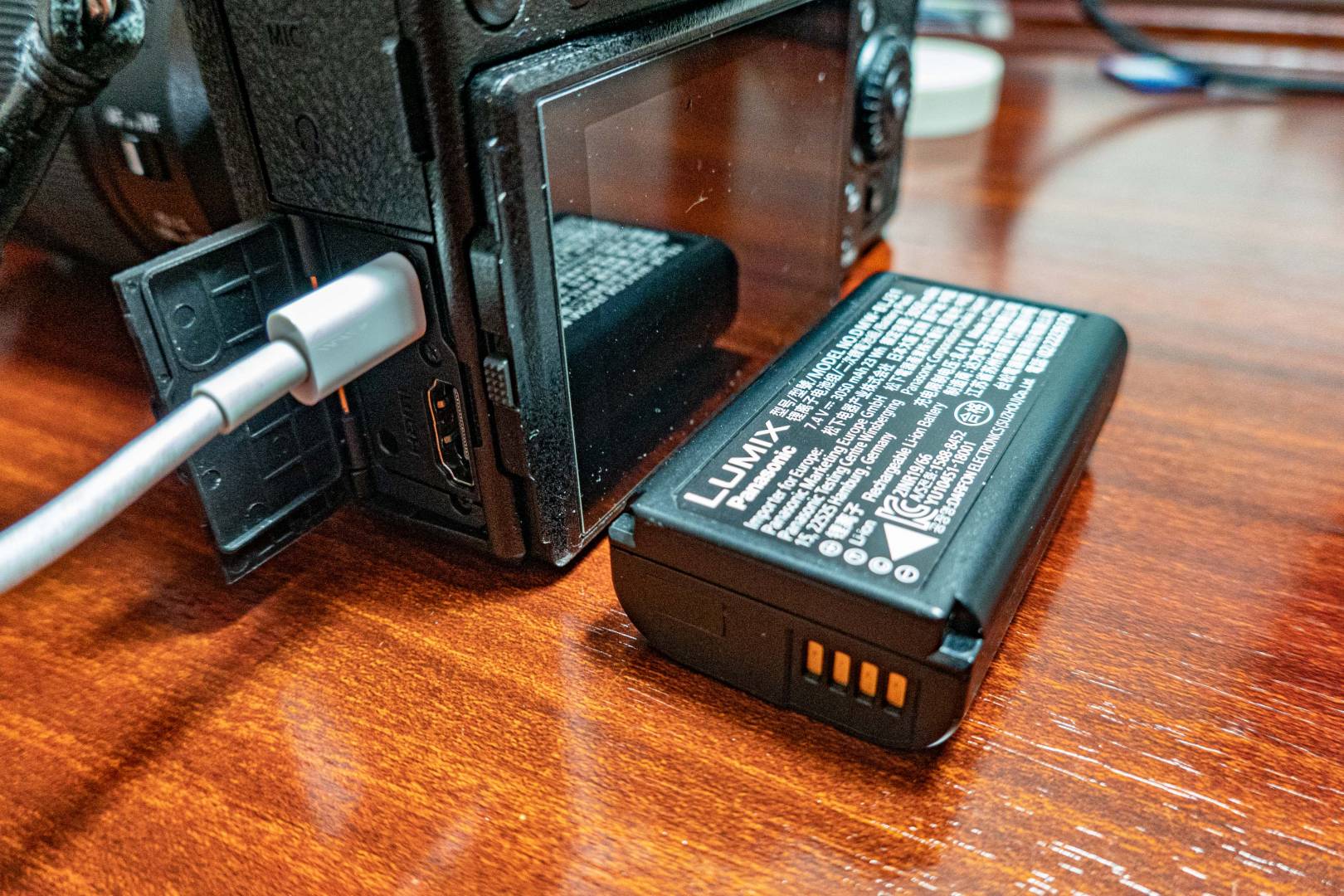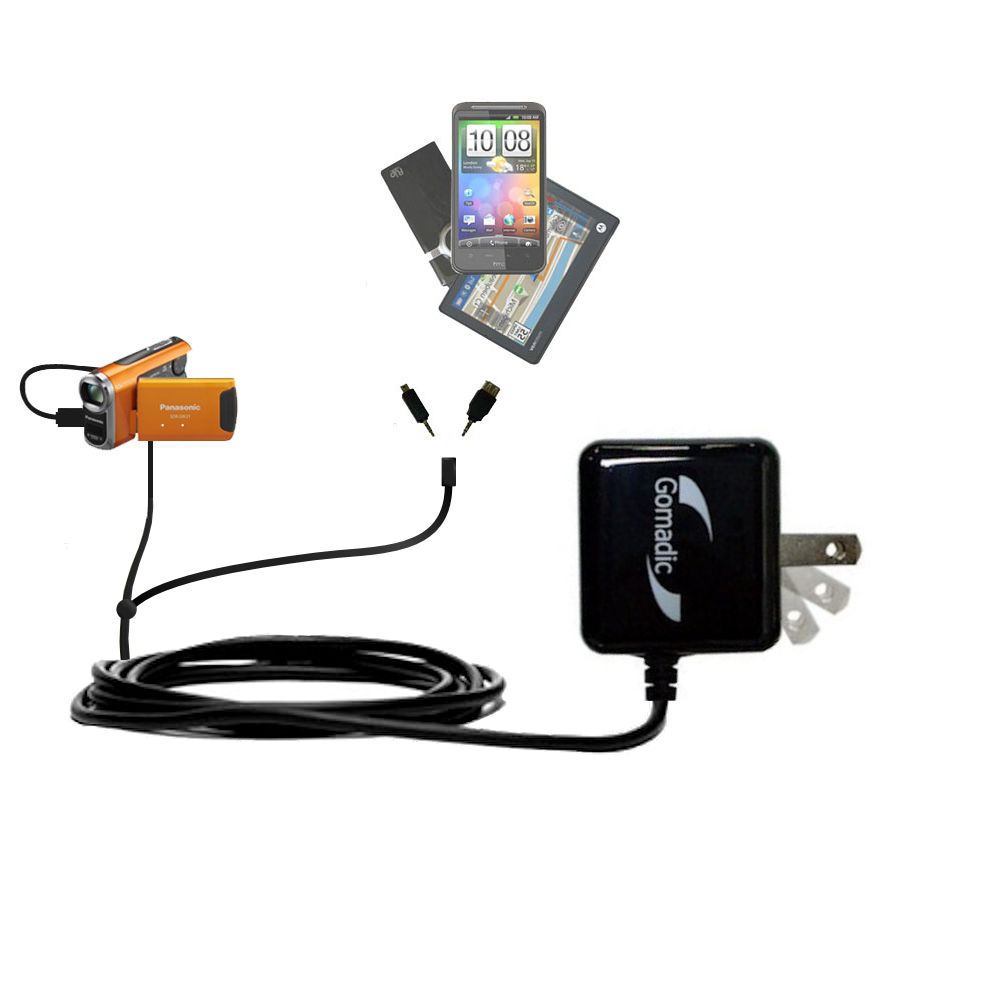

While most devices today have built-in batteries, you can still get rechargeable ones if needed. Additionally, disposable batteries also last much longer. Additionally, battery technology has gotten substantially cheaper, so it isn’t a big deal for companies to use rechargeable battery packs. Other battery sizes like C and D are also available as rechargeables. Being able to put standard-sized rechargeable batteries in any device was a game changer.

That is where the AA and AAA rechargeable come in. Unfortunately, you couldn’t use these power-intensive devices with disposable batteries for over an hour. In the early 2000s, digital cameras were gaining popularity, and game controllers were becoming wireless. Besides the major problem of waste, they didn’t last long at all. Before the days of lithium-ion batteries, consumers were pretty much stuck with cheap disposables. But there are also rechargeable versions of these batteries. Most gadgets like remotes and flashlights use dry-cell batteries. AA/AAA etc AA and AAA are the most popular sizes of dry-cell batteries. Even devices that don’t use an AC to DC power block usually have an internal rectifier. The reason? Nearly all modern electronics utilize DC power rather than AC. However, the AC to DC power blocks can work with devices that don’t even have batteries. So, manufacturers design them to work with a specific device.Ī common use for these chargers is kids’ toys that utilize integrated batteries. The difference between these larger chargers and the USB type is that these tend to provide more wattage. These large blocks are actually voltage rectifiers that take the 120V AC power from your home and turn it into various different types of DC power. They usually have a thin cord that connects to an actual device via a small round plug. But we are referring to those big blocks that you plug into an outlet. In fact, USB chargers are technically AC to DC chargers. Sticking to the topic of phone and device chargers, the AC to DC charger still remains one of the most common. All you need is a 12V car adapter, and you can plug your USB cable into a vehicle to charge a phone. This brings us to another USB charger variation, the car charger. Instead of being stuck with a model-specific power cord attached to a wall charger, you can disconnect the wire from the USB charger. This lessens the wear on the charging port and is also convenient.Ī great thing about traditional USB chargers is just how flexible they are. They work with specific devices and prevent the need for plugging in and unplugging a cord to charge. Another charging method that is quickly growing in popularity is wireless charging mats. They still output at 5V but up the amperage to 2 amps. The solution is larger charging blocks that commonly provide 10 to 12 watts of power. However, larger devices like tablets can charge for many hours with these small power bricks. Low-watt chargers are sufficient for most USB devices, like phones with smaller batteries. The standard output from a USB charger is 5V at 1 amp for a total of 5 watts, roughly the same amount of power from a computer USB port. Most of these are pretty simple, consisting of a small block that takes 120V AC power from your home and turns it into a low-voltage DC output that your phone or mobile device accepts.

The most popular type of electric charger you will run into today is the USB charger. So, let’s jump in, shall we? USB Chargers A variety of USB chargers exist, and some even have multiple USB outlets on them. Bear in mind that some chargers are for special purposes, like EVs or even digital cameras.

You are likely to find some lying around your home. But we did manage to put together a list of seven common charger types. Unfortunately, we can’t cover every charger type because, quite frankly, it would get pretty boring. In reality, there are hundreds of different types of chargers used for all sorts of devices. But simple chargers like the ones used on mobile devices are just the tip of the iceberg. In fact, you probably have a phone charger sitting nearby. With so many rechargeable devices in the market today, electric chargers are everywhere.


 0 kommentar(er)
0 kommentar(er)
